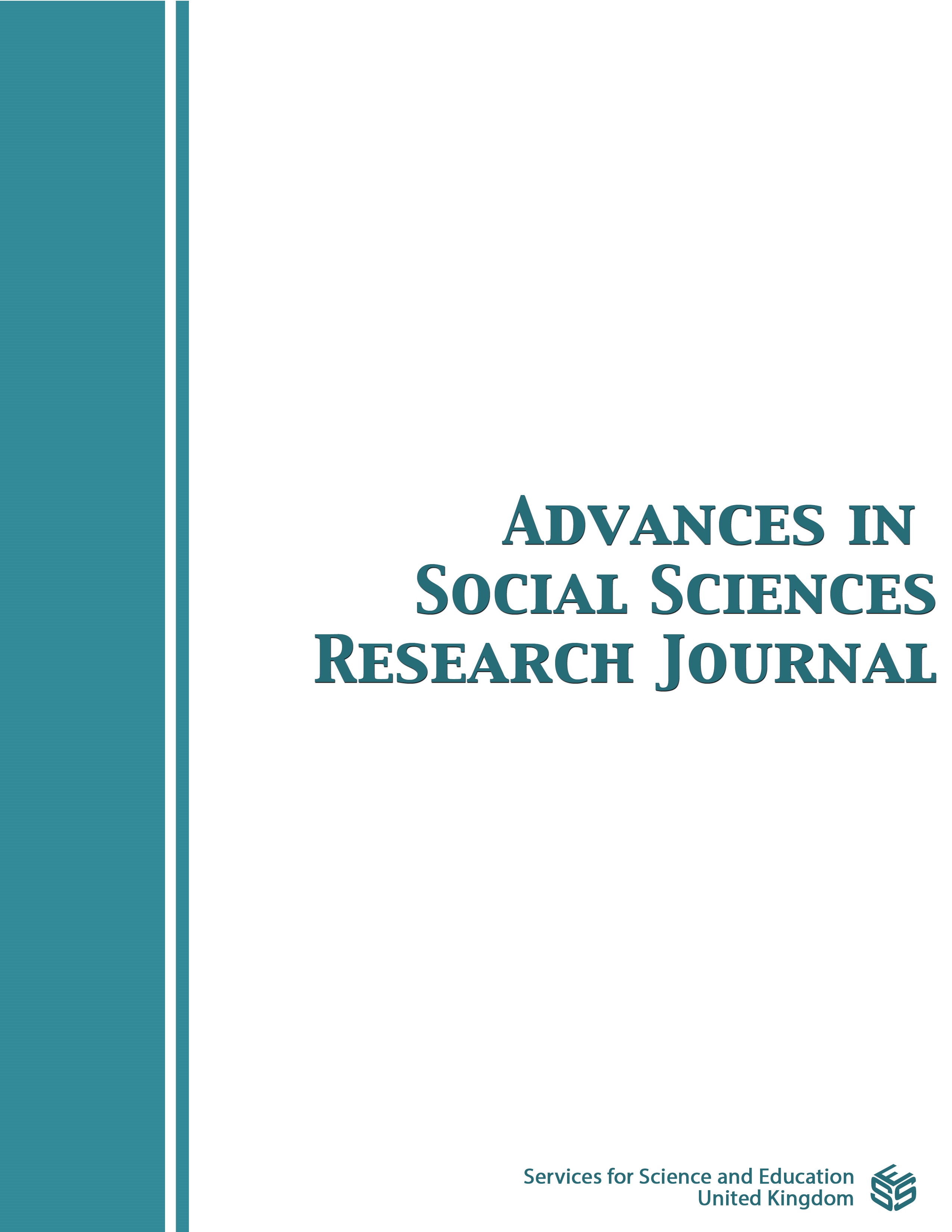Digital Age Learning Among Malaysian School Administrators on Management and Instructional Technology: NETS-A
DOI:
https://doi.org/10.14738/assrj.97.12724Keywords:
NETS-A, visionary leadership, digital age learning culture, professional practice excellence, systemic improvement, and digital citizenshipAbstract
The use of information and communication technology is a frequent approach applied in various organizations to ensure tasks are performed more smoothly. Administrators inspire and lead development and implementation of a shared vision for comprehensive integration of technology to promote excellence and support transformation throughout the organization. In examining this phenomenon, principals are expected to have trouble organizing technology in management and instructional based in school planning. This is because the use of technology is a formative nature technical and requires certain skills so that it can be integrated perfectly. This study was conducted to examine the level of competence of school administrators consisting of principals and head teachers on the management of instructional technology especially digital age learning and validate the elements in NETS-A. In addition, the study also aims to identify the level of technological leadership among principals in day primary schools based on the five dimensions of NETS-A namely visionary leadership, digital age learning culture, professional practice excellence, systemic improvement, and digital citizenship. This study uses survey techniques to obtain quantitative data. The respondents of this study consisted of 50 secondary schools from five states namely Pahang, Perak, Selangor, Terengganu and Negeri Sembilan. The findings of the study show that the level of competence of principals and head teachers in technology management is at a moderate level. Therefore, school administrators need to give their full commitment to the use of instructional technology in order to increase productivity in teaching and learning as well as school management.
References
AECT (Association of Educational Communication and Technology (2004). The Definition of Educational Technology. Washington DC: AECT.
Banoglu, K., Vanderlinde, R., & Cetin, M. (2016). Investigation of principals’ technology
leadership profiles in the context of schools’ Learning organization culture and ICT
infrastructure: F@tih project schools vs the others. Education and Science, 41(188), 83–
https://doi.org/10.15390/EB.2016.6618.
Chua, Y. P., (2006). Kaedah dan statistik penyelidikan asas statistik penyelelidikan buku 2. Malaysia: McGraw-Hill Sdn. Bhd.
Fletcher, G.H. (2009). A matter of principals. T.H.E. Journal 36(5), 22-28.
Banoglu, K., Vanderlinde, R., & Cetin, M. (2016). Investigation of principals’ technology leadership
profiles in the context of schools’ Learning organization culture and ICT infrastructure: F@ti
Gallego-Arrufat, M.-J., Gutierrez-Santiuste, E., & Campana-Jimenez, R. L. (2017). School technology
leadership in a Spanish secondary school: The TEI model. Improving Schools, 20(3), 247–263.
https://doi.org/10.1177/1365480217732232 .
Yee, D.L. (2000). Images of school principals’ information and communications technology
leadership. Journal of Information Technology for Teacher education, 9(3), 287-302.
ISTE. (2009). National educational technology standards for administrators.
http://cnets.iste.org/administrators/ [15 Mac 2013].
ISTE (2015) https://www.iste.org/explore/ISTE-Standards-in-Action/Know-the-ISTE-Standards-
for-Administrators%3A-Digital-citizenship.
Levie, W. (1999). Research on pictures: A guide to the literature. In D. Willow & H. Houghton
(Eds.), The Psychology of Illustration, volume 1: Instructional issues: 51-65. New York:
Springer Verlag.
Moreira, M. A., Rivero, V. M. H., & Alonso, J. J. S. (2019). Leadership and school integration of
ICT. Teachers perceptions in Spain. Education and Information Technologies, 24(1),
Downloads
Published
How to Cite
Issue
Section
License
Copyright (c) 2022 Shanti Ramalingam, Norabeerah binti Saforrudin, Aziyah Binti Mohd Yusof, Zubaidah Binti Salamat, Noor Ashikin Binti Mohd Yusop, Mohd Afendi Bin Zulkifeli, Mohd Yusof Bin Ahmad

This work is licensed under a Creative Commons Attribution 4.0 International License.
Authors wishing to include figures, tables, or text passages that have already been published elsewhere are required to obtain permission from the copyright owner(s) for both the print and online format and to include evidence that such permission has been granted when submitting their papers. Any material received without such evidence will be assumed to originate from the authors.






